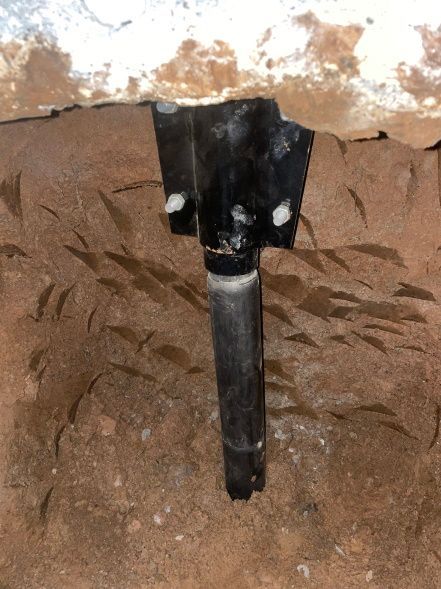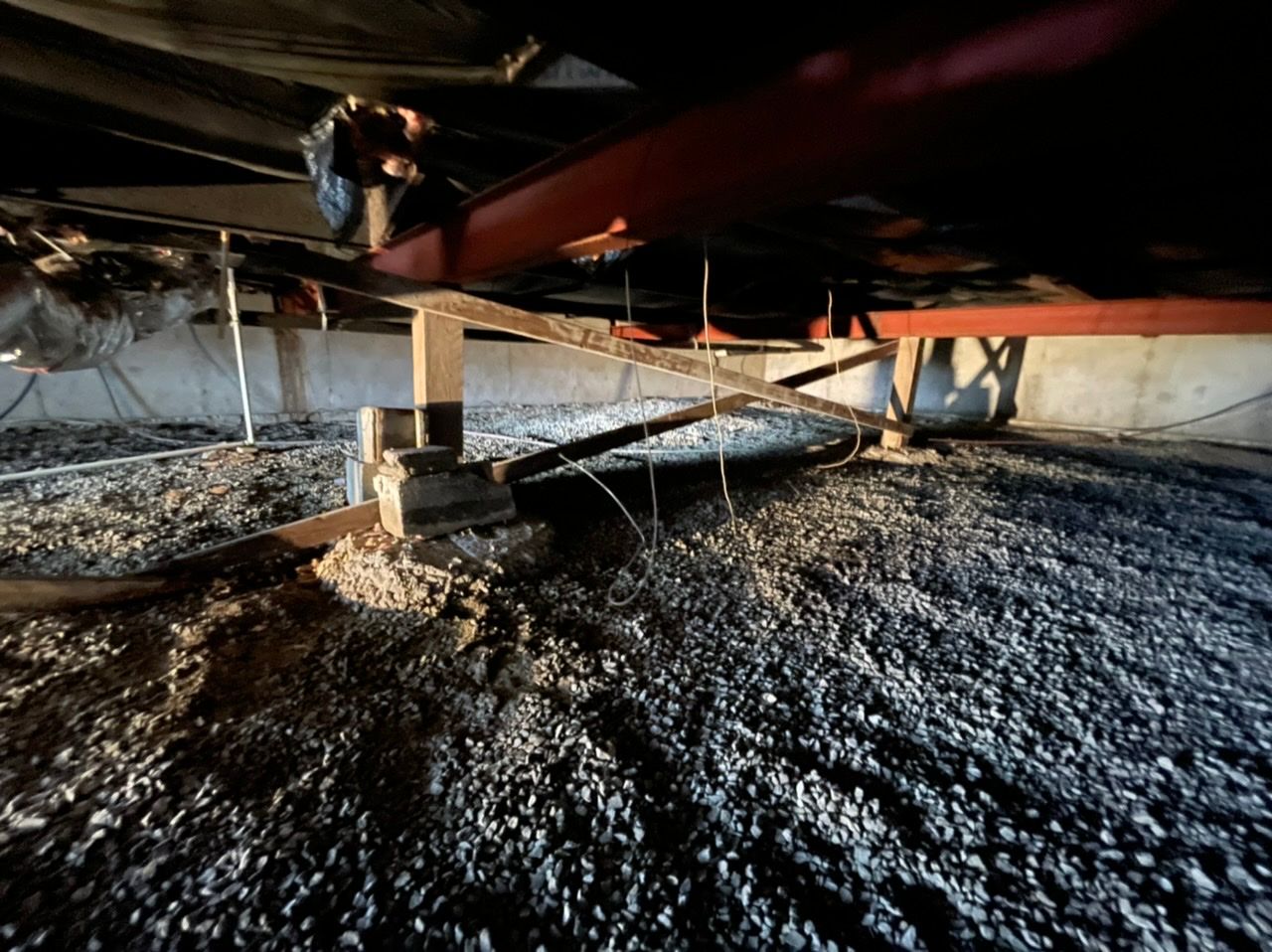What Causes Foundation Cracks and When Should You Worry?
What Causes Foundation Cracks and When Should You Worry?
Foundation cracks are a common sight for many homeowners, but not all cracks are created equal. While some are harmless signs of normal settling, others could be early warnings of serious structural problems. Knowing the difference is key to protecting your home and avoiding costly repairs. At PierMagic, we understand how unsettling it can be to spot a crack in your foundation—and we’re here to help you understand what they mean, what causes them, and when to take action.
Cracks in your foundation are usually the result of movement in the soil surrounding your home. Missouri homeowners are especially susceptible to foundation issues because of the region’s expansive clay soils and seasonal moisture fluctuations. When the soil becomes saturated after heavy rain or snowmelt, it expands. During dry spells, it shrinks. This constant cycle of movement puts stress on your foundation, leading to cracks and, in some cases, structural shifting.
There are several types of foundation cracks, and each tells a different story. Hairline cracks are often the result of normal concrete curing and may not pose a threat. However, wider vertical cracks, especially those larger than 1/4 inch, can signal foundation settlement. These cracks tend to widen over time and may allow water infiltration, leading to basement leaks or moisture problems.
Horizontal cracks, particularly those found in basement walls, are more concerning. They often result from hydrostatic pressure—the force of water in the soil pushing against your foundation. When this pressure becomes too great, it can cause the walls to bow, crack, or even fail. This type of damage requires immediate professional attention, as it may compromise your home’s structural integrity.
Stair-step cracks in brick or block foundations are another common issue. These typically indicate uneven settling or shifting in specific areas of the foundation. If left untreated, stair-step cracks can grow larger and contribute to further structural problems and water intrusion.
It's also important to consider accompanying symptoms. If you notice sticking doors and windows, uneven floors, or visible gaps around trim and walls in addition to foundation cracks, it's likely more than just surface-level damage. These signs suggest that your foundation may be moving or sinking and that a long-term solution is necessary.
At PierMagic, we specialize in identifying and repairing foundation cracks with proven techniques like piering and structural reinforcement. Our experienced team performs detailed inspections to determine the cause of your foundation issues and customizes a repair plan to fit your home. Whether you’re dealing with minor cosmetic cracks or signs of serious movement, early intervention is key to avoiding escalating damage and repair costs.
If you’re unsure whether a crack is cause for concern, don’t wait to find out the hard way. Contact PierMagic for a professional foundation evaluation and gain peace of mind knowing your home is safe, stable, and protected.




